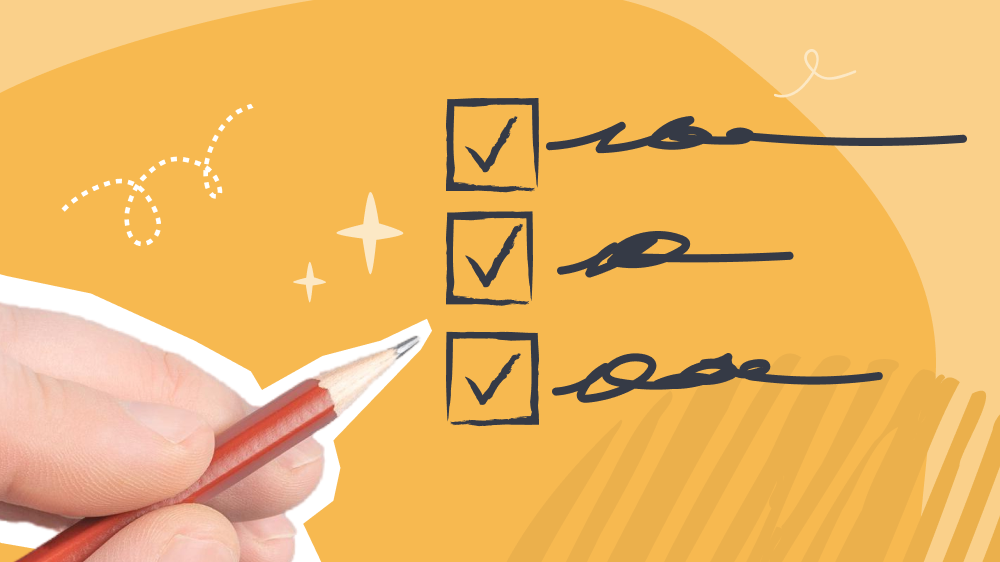Subscribe to our newsletter
How to provide effective employee onboarding
Download the guide
Chapters:
- The basics of employee onboarding
- The phases of onboarding
- Important onboarding components
- Onboarding is everyone’s job
- Unique onboarding experiences
- Onboarding assessment
- Start your workers off on the right foot
Download the guide
Get the latest with Workstream
Always stay current with hiring news by subscribing to our email updates
New employee onboarding is one of the most important components to ensuring your new hourly worker is set up to succeed in their role. The term encompasses the entire process by which employees are hired and integrated into your team. Onboarding starts even before new-hire orientation; it also includes education and training about the business, its mission and vision, and workplace culture and values. Each company’s new employee onboarding plan is different depending on size, setup, and what type of work the organization does. Some businesses do this in a day or two of conference-style seminars, individual online classes, or months’ worth of activities with other colleagues.
The basics of employee onboarding
Every single new hourly worker is onboarded, whether or not you have a structured new employee onboarding plan. When an hourly worker gets the “lay of the land,” they’re being onboarded. However, many companies take this to mean only completing paperwork and being shown around their new job. New employee onboarding best practices should include much deeper attention and intention so that employees feel welcomed into the folds of the company. They should understand from the start that they are valued and supported —their role is important, and they will have the assistance they need to succeed.
The phases of onboarding
Onboarding shouldn’t be confused with orientation, although orientation is often one of
the first steps in new employee onboarding best practices. During orientation, the employee completes paperwork and other necessary tasks. Still, new employee onboarding is more comprehensive and concerns overall training and culture immersion versus only collecting social security numbers and HR-pertinent information.
The following are phases of successful new employee onboarding. (Note that orientation might not even be first!) Your company can and should take these as a starting point and individualize them to work for your particular needs.
- Pre-boarding
Pre-boarding consists of engaging the employee after they’ve been hired but before they begin working. This helps make the employee feel welcomed and invested in, and gives them a chance to begin feeling comfortable with all aspects of a company before they are required to perform duties or complete projects. It might include any of the following:
- Sending a welcome package with company swag
- Touring the facility
- Educating the employees about benefits programs (e.g., healthcare, retirement)
- Connecting the employees with a colleague who can answer questions and give them more basic information
- Orientation
Orientation is the specific session of new employee onboarding in which the person fills out paperwork and gets officially enrolled into the company. It often includes many of the following components:- Signing paperwork and getting set up with payroll
- Reading and committing to following handbook policies and procedures
- Completing mandatory training
- Learning about the structure, mission, vision, and values of the company (often through reading literature or engaging in an online course)
This phase of the employee onboarding process can be quite overwhelming, so new employee onboarding best practices usually spread this over at least a couple of days, if not longer. Some companies may turn to digital onboarding to enable new hires to work through this process on their own schedule at home before they start on the job. - Foundation building
From an employee engagement perspective, this is possibly the most important phase of new employee onboarding. However, it’s often overlooked once the orientation steps are completed.
During foundation building, every new employee develops their understanding of the company’s brand, workplace culture, and shared values. These aren’t always given out directly, either—an employee picks up the information and knowledge piece by piece through varied interactions and experiences.
A company ensures that a new employee’s foundation is strong by paying close attention to how they are faring for the first few months of their employment. The team lead should follow up with them and engage in conversation surrounding company values, the employees’ strengths and areas of development, and their desired future.
- Mentoring and coaching
Taking on a new position in a company where you want to be successful can be overwhelming. What do your bosses expect, and how are day-to-day situations handled? Who do you go to for those basic questions that seem too small-time for the busy higher-ups? Who can you look to as a partner on your level?
Assigning a mentor or a coach gives new employees a “safe space” in which they can feel encouraged and supported without being judged or looked down on for needing help while they transition. This mentor or coach can guide and direct without having to be “in charge” of the new employee.
Once an employee feels that they are solidly engaged in the company and their role, perhaps they will want to take on the role of mentoring or coaching someone else. This is a great way for them to feel valued and respected while reaffirming the goals and mission of the company, essentially strengthening their foundation as they grow.
- Re-boarding
This step isn’t always necessary but is especially important for people who have left the company for some time and are returning or for employees who are transferring to a different division or position within the company.
Let’s say someone was out on medical or family leave for a few months. They will need to meet new employees and get up to speed on changed policies or new initiatives. The company could show their positivity about the return with a welcome back luncheon or gathering, too, to show that they were missed.
If an employee is moving into a different team or getting promoted, their reboarding process might include intensive training specific to their new role. They will need to learn about processes in that area of the company and whom they report to, as well as who reports to them. This process should include short- and long-term goal-setting and possibly pairing with a mentor or coach again.
Important onboarding components
Successful new employee onboarding (and continued “reboarding” for returning employees) has each of the previous steps, but each of those steps is filled with particular qualities that ensure success.
The leadership and HR team, as well as the rest of the company, can set an organization up for success in new employee onboarding. Preparing ahead of time with focused attention on a few specific areas can mean that your new employees feel welcomed and supported and that the entire team has a positive attitude toward new talent coming on board.
Onboarding is everyone’s job
If asked, most employees would probably say that new employee onboarding is the job of the boss and the HR department. However, a successful company knows that everyone is a part of the workplace culture, and thus, everyone is a part of teaching new employees how things flow and what the team culture is. An employee onboarding checklist can be crucial so that everyone has the same routine and nothing gets lost in translation when onboarding employees.
Unique onboarding experiences
Although new employee onboarding best practices are key, that doesn’t mean that everyone should have the same experience. Think critically about the role each new employee will have at the company and what their particular needs are. Work with the HR department to create more individualized onboarding practices for particular groups of people or hand-select mentors that show experience in these areas.
- Managers
These people know how to lead and have had success in this field but they need to know how it applies to the particular organization or division. - Differently-abled team members
How will they be accommodated and made to feel comfortable asking for help? - Military veterans
What support will they receive in transitioning to a civilian role? - Second-chance workers
Employees in this category also need extra support and acclimation time, especially when it comes to feeling valued and respected.
Onboarding assessment
Onboarding should be a dynamic process. You want to know if your onboarding practices are effective and if people feel supported and engaged from the get-go. Utilize a few of these strategies to get a full, accurate picture of what people experience when coming on board with your company.
- Time-productivity ratios
How long does it take for an employee to get “situated” and begin adding value? The better an onboarding program is, the lower this ratio will be. - Turnover and retention rates
How often are you having to onboard new employees because of dissatisfied ones? Are people staying on the team to move into new positions or leaving because they weren’t supported? - New employee surveys
Deliver employee engagement surveys throughout the onboarding process and after to get an accurate picture of how people feel and what they need. - Informal feedback
Engage in casual conversation and informal check-ins to develop relationships and show that you are invested in an employee’s success and well-being.
Start your workers off on the right foot
New employee onboarding doesn’t have to be difficult. Taking time to prepare your company’s particular new employee onboarding process and regularly assessing its efficacy means you’ll be setting your employees (and your business) up for success.
Want to streamline the paper part of onboarding so you have more time to focus on preparing your new hire to succeed in their role? Workstream automates and digitizes onboarding tasks, helping you get new hire paperwork done in as little as 10 minutes.
Schedule a quick demo
TAGS
Workstream
Workstream is the leading HR, Payroll, and Hiring platform for the hourly workforce. Its smart technology streamlines HR tasks so franchise and business owners can move fast, reduce labor costs, and simplify operations—all in one place. 46 of the top 50 quick-service restaurant brands—including Burger King, Jimmy John’s, Taco Bell—rely on Workstream to hire, retain, and pay their teams. Learn how you can better manage your hourly workforce with Workstream.


